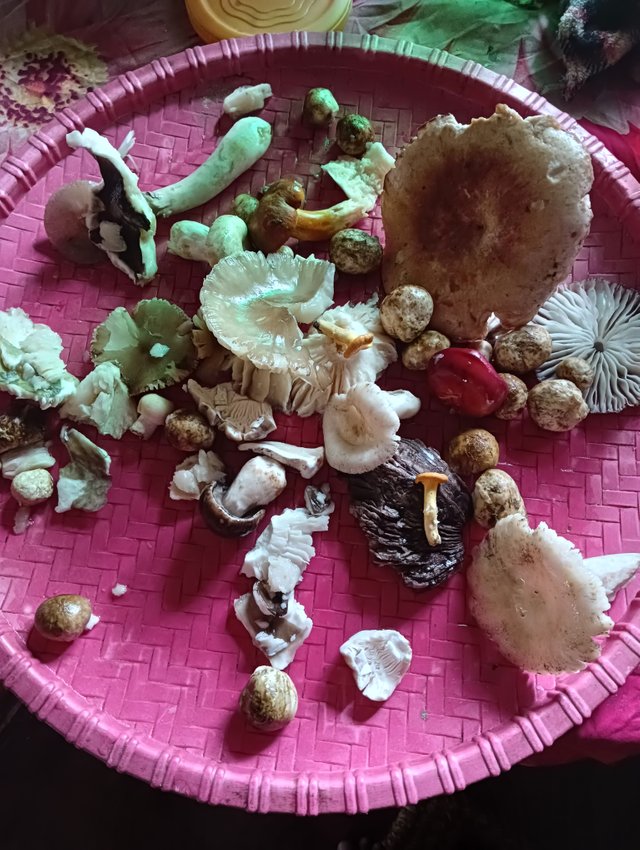Wild mushrooms
Wild Mushrooms (Jangali Mushrooms)
Wild mushrooms, also known as jangali mushrooms, are naturally growing fungi found in forests, hillsides, and other moist, shaded areas. They are not cultivated like farm mushrooms but grow freely in nature, often appearing during the rainy season. These mushrooms are known for their rich flavor and high nutritional value.
Types of Wild Mushrooms
There are many varieties of wild mushrooms, and some common edible types include:
Morels (Morchella) – Highly prized for their unique taste.
Chanterelles – Bright yellow or orange mushrooms with a fruity smell.
Boletes – Usually thick and spongy, found under trees.
Termitomyces – Common in South Asia, especially after monsoon rains.
Nutritional Benefits
Wild mushrooms are:
High in protein
Rich in vitamins B and D
Contain antioxidants
Low in fat and calories
They are especially valuable in rural and hilly regions where they are collected as a seasonal delicacy.
Caution and Safety
While many wild mushrooms are edible, some are highly poisonous and can be deadly. It's important to:
Collect only mushrooms you can positively identify as safe
Avoid mushrooms with white gills, rings around the stem, or a red color on the cap
Consult experienced foragers or mushroom experts before consuming
Cultural Importance
In many countries, especially in Nepal, India, and Southeast Asia, wild mushrooms are part of traditional cuisine. They are cooked in curries, dried for later use, or even sold in local markets during mushroom season.
Conclusion
Jangali mushrooms are a natural gift with amazing flavor and health benefits. However, due to the risk of poisonous varieties, proper knowledge and identification are essential before consuming any wild mushroom.
